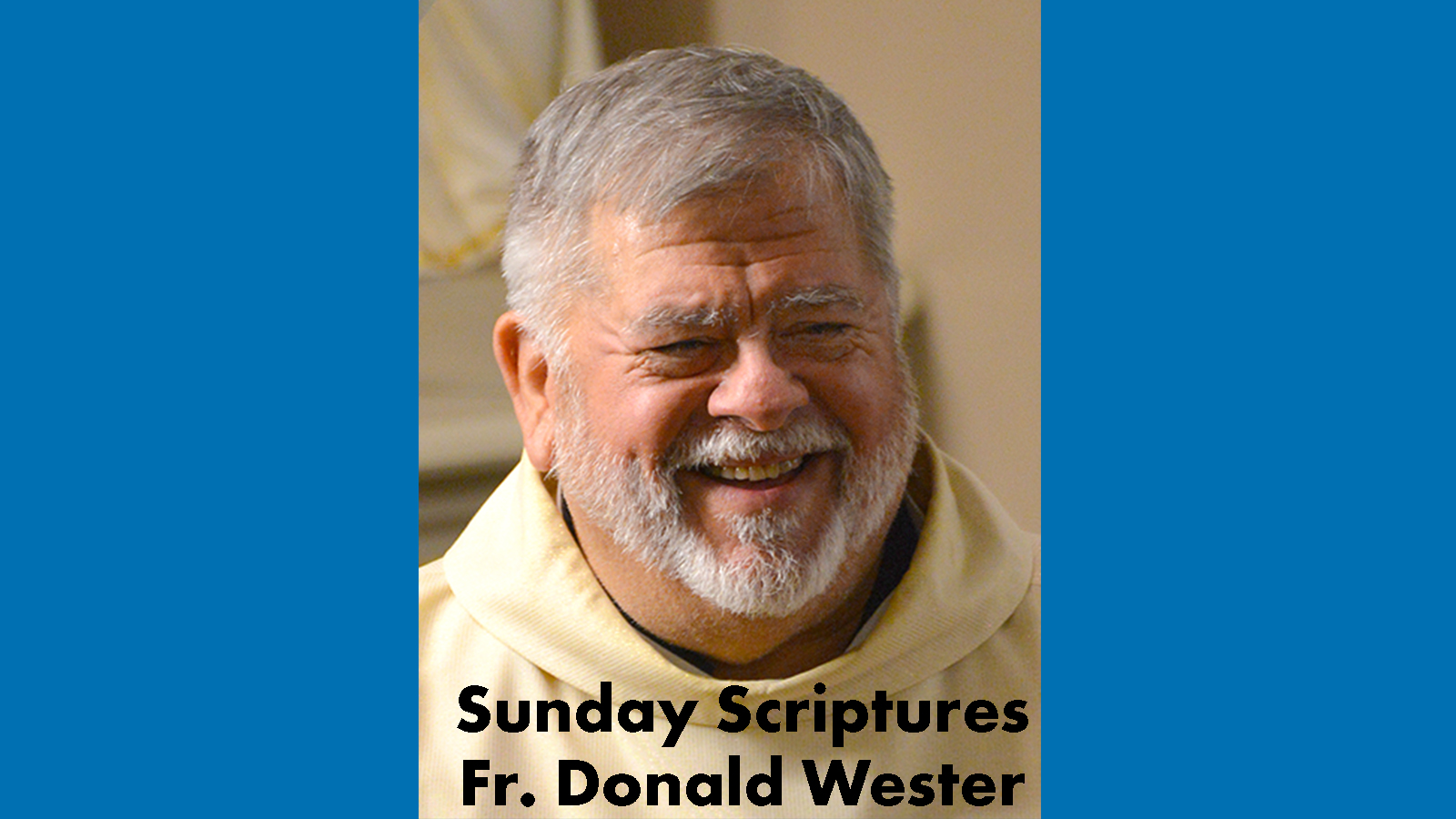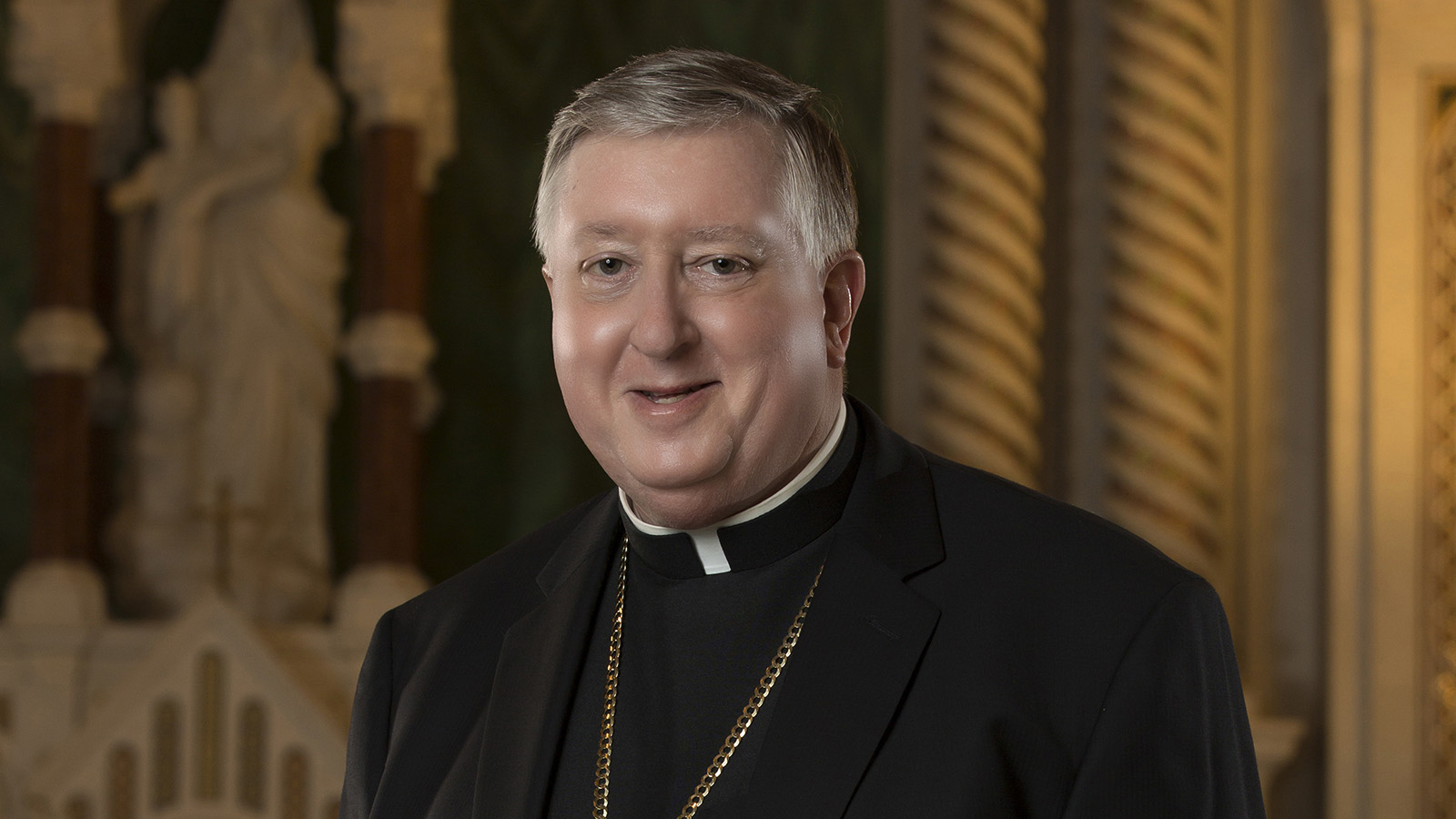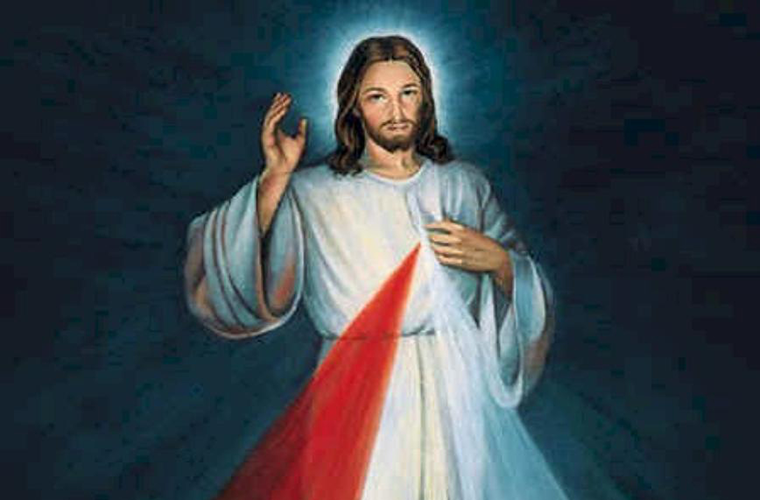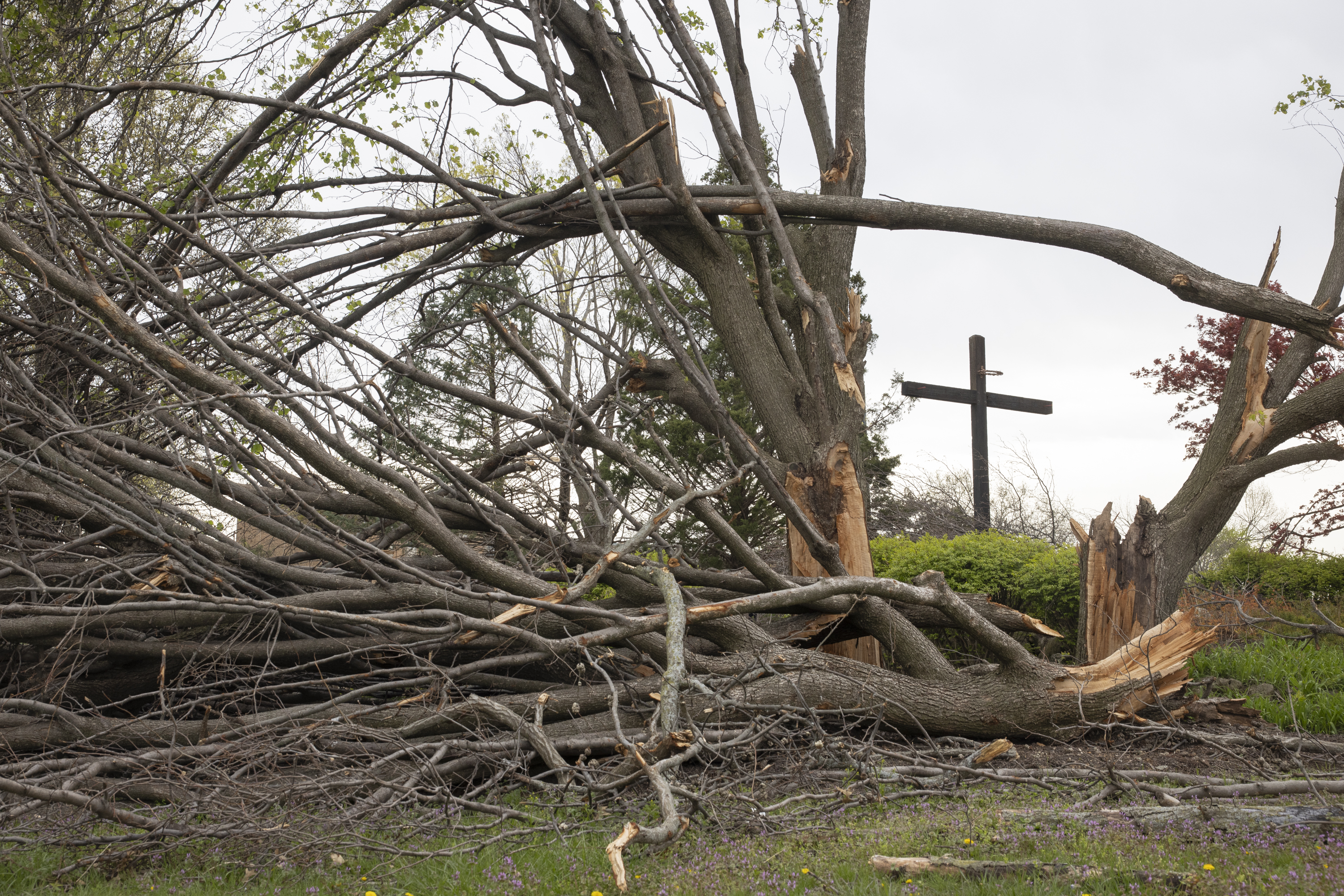The Book of Revelation allows us to enter into a joyful celebration of Christ’s victory
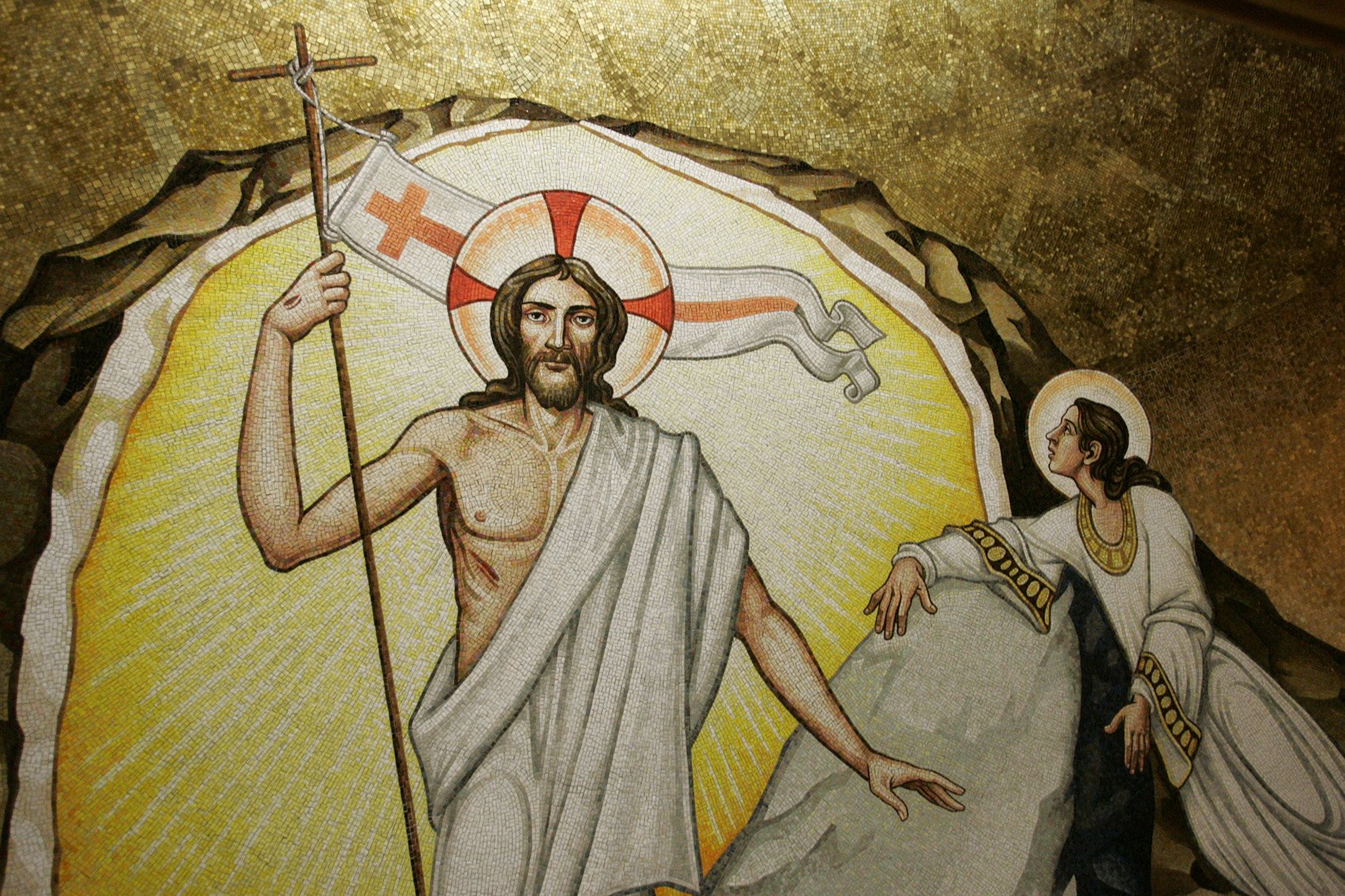
Often misunderstood book of the Bible offers a message of the hope of Easter
Easter is a celebration of new life — a triumph of light over darkness and of Jesus’ victorious resurrection over death.
Beyond the familiar images of the empty tomb and the risen Christ, there is within Scripture a deeper and more mysterious message of Easter’s hope that can be found in the Book of Revelation.
Often viewed through a lens of fear and final judgment, the final book of the Bible, written by John, is a source of encouragement and promise of resurrection into eternal life. It’s a profound Easter story in its own right — one that reveals Christ as the lamb of God who restores all things as new and a celebration of the ongoing effects of His passion, death and resurrection.
John’s writings in Revelation are just that — a revelation of Christ that allows us to enter into a joyful celebration of Christ’s victory, said Ian Boxall, a senior tutor and tutor in New Testament studies at the University of Oxford in England.
The author of “Christ in the Book of Revelation” was a guest lecturer at Aquinas Institute of Theology on April 9, in which he spoke about interpreting the person of Christ in the last book of Scripture.

Revelation in context
It’s important to first understand the time and culture in which Revelation was written in order to understand why John wrote it in the way that he did, Boxall said. The book is rooted in apocalyptic tradition, shaped by John’s visionary experiences as a mystic and knowledge of the Old Testament. The writings also address some of the political events of the first century, particularly the Roman empire under Nero.

“The word apocalypse doesn’t have necessarily anything to do with the end,” he said. “Apocalypse is about unveiling, uncovering of heavenly secrets which we don’t ordinarily see, forcing us to see things differently.”
Jews and early Christians were more familiar with an apocalyptic way of thinking, Boxall said. “What seems peculiar to us would be fairly self-explanatory through the symbolism and vivid imagery found throughout the Scripture,” he said.
“We see a number of Christian apocalyptic narratives in which people describe either heavenly ascent or visions of angels in which a lot of the imagery is profoundly simple — symbolic numbers, significance of colors, animals symbolizing human beings, monsters symbolizing either tyrannical emperors or tyrannical empires,” he said.
John was among the early Christians who faced persecution for their faith. He was exiled to the island of Patmos, near the coast of Asia Minor, where he wrote Revelation as an encouragement to others who were facing similar persecution.
His writings specifically address seven first-century Christian communities throughout what is now western Turkey, Boxall noted, adding that modern scholars see in John’s visions echoes of contemporary political events and political figures of the time.
There’s a dual dimension of the “encouragement for those who are threatened by the (Roman) Empire and challenge to those who’ve become complacent,” he said.

Image of Christ the Lamb
Drawing on imagery found in Revelation, Boxall explored Christ’s Ascension from the perspective of heaven — “beyond the clouds,” he said — highlighting John’s vision of the heavenly throne room and the sealed scroll that no one but Jesus, the Lamb of God, could open.
The Ascension is part of Christ’s saving act, but it also involves us and our human nature, taken up into heaven. The Ascension also is an understanding that Christ is enthroned at the right hand of the Father.
“The Ascension is that culmination of the chain of events: passion, death, resurrection and exaltation,” Boxall said. The Lamb, symbolizing Christ, is described as standing as slaughtered, emphasizing power in weakness and the new Exodus. Throughout Revelation, there are 28 references to Christ as the Lamb of God.
When “we’re thinking about the crucified and risen Christ, we’re thinking about the ascended Christ and the descending of the (Holy) Spirit,” Boxall said. “When we come to this peculiar vision of a lamb … we’re already thinking about the paschal victory that makes sense, and we’re doing it in the context of the Eucharist.”
The scroll with the seven seals depicted in chapter 5 of Revelation symbolizes God’s plan for saving His creation:
“I saw a scroll in the right hand of the one who sat on the throne. It had writing on both sides and was sealed with seven seals. Then I saw a mighty angel who proclaimed in a loud voice, ‘Who is worthy to open the scroll and break its seals?’But no one in heaven or on earth or under the earth was able to open the scroll or to examine it. I shed many tears because no one was found worthy to open the scroll or to examine it” (Rev. 5:1-4).
“Then I saw standing in the midst of the throne and the four living creatures and the elders a Lamb that seemed to have been slain. He had seven horns and seven eyes; these are the (seven) spirits of God sent out into the whole world. He came and received the scroll from the right hand of the one who sat on the throne. When he took it, the four living creatures and the twenty-four elders fell down before the Lamb. Each of the elders held a harp and gold bowls filled with incense, which are the prayers of the holy ones”
“They sang a new hymn: ‘Worthy are you to receive the scroll and to break open its seals, for you were slain and with your blood you purchased for God those from every tribe and tongue, people and nation. You made them a kingdom and priests for our God, and they will reign on earth’” (Rev 5: 6-10).
Ultimately, Revelation is a revelation of Jesus Christ, where we can “enter into a joyful celebration of Christ’s victory,” Boxall said.
Revelation at Mass
There are many themes in the Book of Revelation that can be found in the Mass, said Deacon Stephen Fahrig, associate professor of biblical theology at Kenrick-Glennon Seminary.
• In chapters 2 and 3, John depicts Jesus writing letters to specific churches in Aisa Minor (modern day Turkey) acknowledging their strengths and weaknesses and offering encouragement and warning them.
The themes in these letters could be compared to the Penitential Rite in the Mass, in which we prayerfully acknowledge our sins and prepare for the celebration of the Eucharist.
• In chapter 4, John has a vision of heaven and depicts Jesus as the Lamb who is slain and is worshiped by the angels and saints.
This theme permeates the preface to the Eucharistic Prayer at Mass, where we join with the angels and saints in their song of prayer.
• In Revelation 4:8, there are four living creatures, each of them with six wings and covered with eyes inside and out, who exclaim: “Holy, holy, holy is the Lord God almighty, who was, and who is, and who is to come.”
We see those words in the Sanctus “(“Holy, Holy, Holy”) just before the Eucharistic Prayer.
• In Revelation 19:9, John hears an angel say “blessed are those who have been called to the wedding feast of the Lamb.”
At the invitation to Communion, the priest says: “Behold the Lamb of God, behold Him who takes away the sins of the world. Blessed are those called to the supper of the Lamb.”
• Jesus says in Revelation 3:20: “Behold, I stand at the door and knock. If anyone hears my voice and opens the door, (then) I will enter his house and dine with him, and he with me.”
This line could be interpreted as a reference in part to our communion with Jesus in the Eucharist.
Revelation is not often found within the Sunday Mass readings; however this year, Catholics are in for a treat, Fahrig said. All of the second readings during the Easter season happen to be from Revelation.
Further reading
Book of Revelation: bible.usccb.org/bible/revelation/0
“Revelation: Biblical Catholic Commentary on Sacred Scripture,” by Peter S. Williamson
“The Lamb’s Supper: The Mass as Heaven on Earth,” by Scott Hahn
“The Supper of the Lamb,” a children’s book by Scott Hahn and Emily Stimpson Chapman
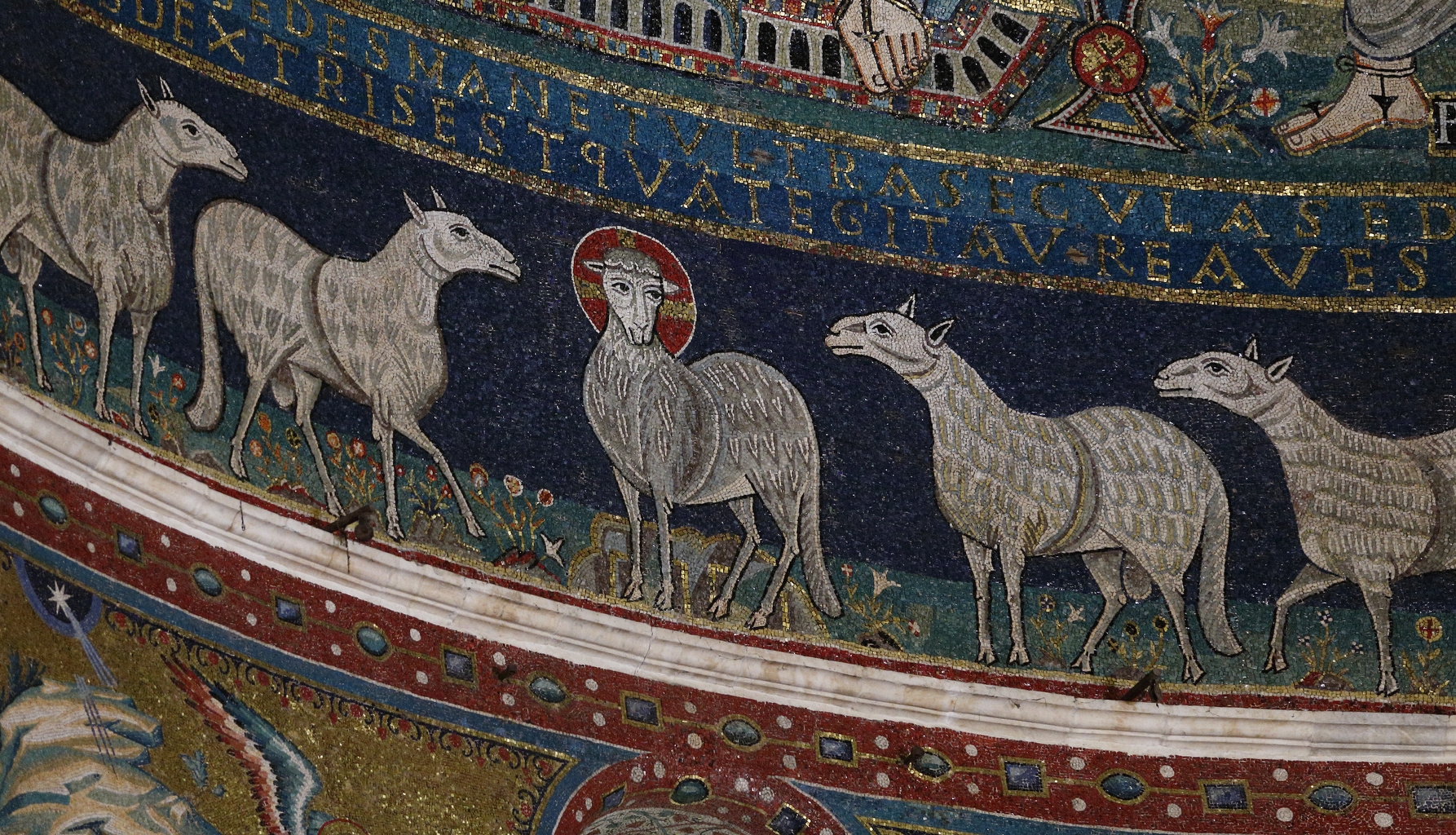
A 13th-century mosaic of the Good Shepherd in the Basilica of Santa Maria in the Trastevere neighborhood in Rome.
Often misunderstood book of the Bible offers a message of the hope of Easter
Subscribe to Read All St. Louis Review Stories
All readers receive 5 stories to read free per month. After that, readers will need to be logged in.
If you are currently receive the St. Louis Review at your home or office, please send your name and address (and subscriber id if you know it) to subscriptions@stlouisreview.com to get your login information.
If you are not currently a subscriber to the St. Louis Review, please contact subscriptions@stlouisreview.com for information on how to subscribe.

